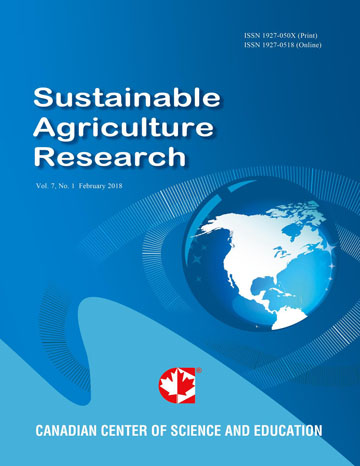Observed Effects of Warm Season Perennial Grass Agriculture on Resident Mammal Species
- David Leimbach
- Gregg Marcello
Abstract
This study focused on the observed impact of switching from a corn / soybean agricultural rotation to the planting of warm season perennial grasses for use in biomass agriculture, as well as the subsequent effects on resident mammal populations. We trapped two parcels of land planted in warm season perennial grasses between September 2011 and October 2013 in order to obtain a census of the mammal populations residing upon the property and to determine the impact (if any) of the change in agriculture. During the first year of the study, a seemingly inhospitable (urban) agricultural area revealed a diverse population of inhabitants. The second year of trapping resulted in the capture of 2 new species (total of 7 species captured) and the noticeable absence of 1 species; a distinct shift in mammal populations had been observed. There was an inverse relationship between the population increase of Peromyscus maniculatus during 2012 and the decline in the population of Peromyscus leucopus. When a Chi-square test was run (P<0.05), the hypothesis of competitive exclusion appeared to be supported. In the third year, population numbers of Peromyscus maniculatus had also plummeted. We observed that warm season perennial grass monoculture had an adverse impact on resident mammal species.
- Full Text:
 PDF
PDF
- DOI:10.5539/sar.v4n2p70
Index
Contact
- Joan LeeEditorial Assistant
- sar@ccsenet.org
